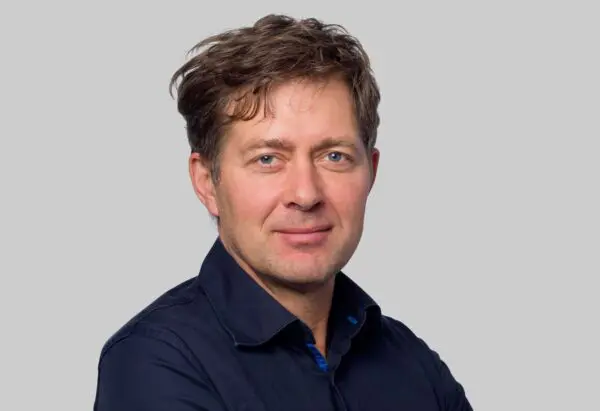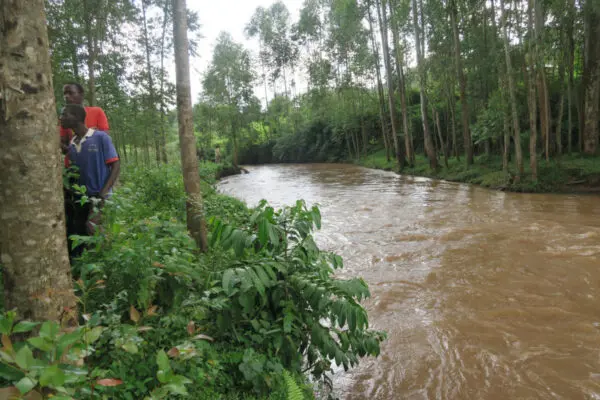Arend Kolhoff
Senior Advisor Environmental and Social Assessment


The Netherlands Enterprise Agency (Rijksdienst voor Ondernemend Nederland/ RVO.nl) has requested the NCEA to review the Terms of Reference for three water projects in Kenya, in particular, whether all crucial elements have been incorporated in the ESIAs. Three water projects (KIWASCO, MEWASS & NYEWASCO) have been reviewed by the NCEA.
KIWASCO Water Supply Project
The Water Supply Project for Kisumu and its surrounding is to be financed under the Kenya Pooled Water Fund through Kisumu Water and Sewerage Company (KIWASCO). The overall goal of the project is to increase coverage of the drinking water supply in the in the areas: Korando A, Kogony, Kanyakwar, Dago, Mkendwa, Nyahera, Wathorego, Kadero K and Konya. The project aims to enlarge KIWASCO’s coverage up to 100.000 people in the targeted areas. With the provision of drinking water, the project envisions to improve the health and quality of life and reduce poverty levels of the population of Kisumu.
The project consists of:
MEWASS Water Supply Project
The Water Supply Project for Meru Town and its surrounding aims to increase accessibility to clean water. The project is to be financed under the Kenya Pooled Water Fund through Meru Water and Sewerage Services (MEWASS). The overall goal of the project is to improve the health and quality of life and reduce poverty levels of the population of Meru through provision of safe water.
The project consists of the following elements:
NYEWASCO expansion of water and sewer services in Nyeri County
The proposed expansion of water and sewer services to unserved and underserved areas in Nyeri County aims to add 1,300 new water connections, increase water production, increase sewer connections by 750 (households) and reduce non-revenue water (NRW) by approximately 1% per year in the projected area.
The overall budget is approximately 4.3 million EUR and the project’s elements are:
The current reviews undertaken were prepared by a working group of experts acting on behalf of the NCEA. The group comprises expertise in the following disciplines: (eco)hydrology, waste water management, social impacts and resettlement procedures.
In order to receive the necessary permits, the project initiators will need to comply with Kenyan legislation and EIA-process and submit an ESIA to the Environmental Assessment Agency: NEMA.
There are provisions for public participation in the EMCA and in the EIA and audit regulations. Particularly, during the review process, the EIA report must be made available to the public. Moreover, the public has to be able to submit written reactions on the EIA, and a public hearing may be held if NEMA deems this necessary.
In addition, the EIA guidelines in Kenya state that public participation should be part of all the stages of EIA: the screening, scoping and review of an EIA report. The guidelines consider the proponent responsible for collecting the views of the public during these stages. During the screening phase, for example, the possibly affected people have to be informed about the project and consulted on their concerns. Their views will be incorporated into the project report that is used for screening.
On the basis of the above, the NCEA notes that the three ESIAs might require additional information provision and consultation in order to comply with Kenyan EIA requirements and guidelines concerning public participation and consultation. The NCEA recommends to utilise any such consultation requirements to augment the (too) limited consultation that has taken place so far.